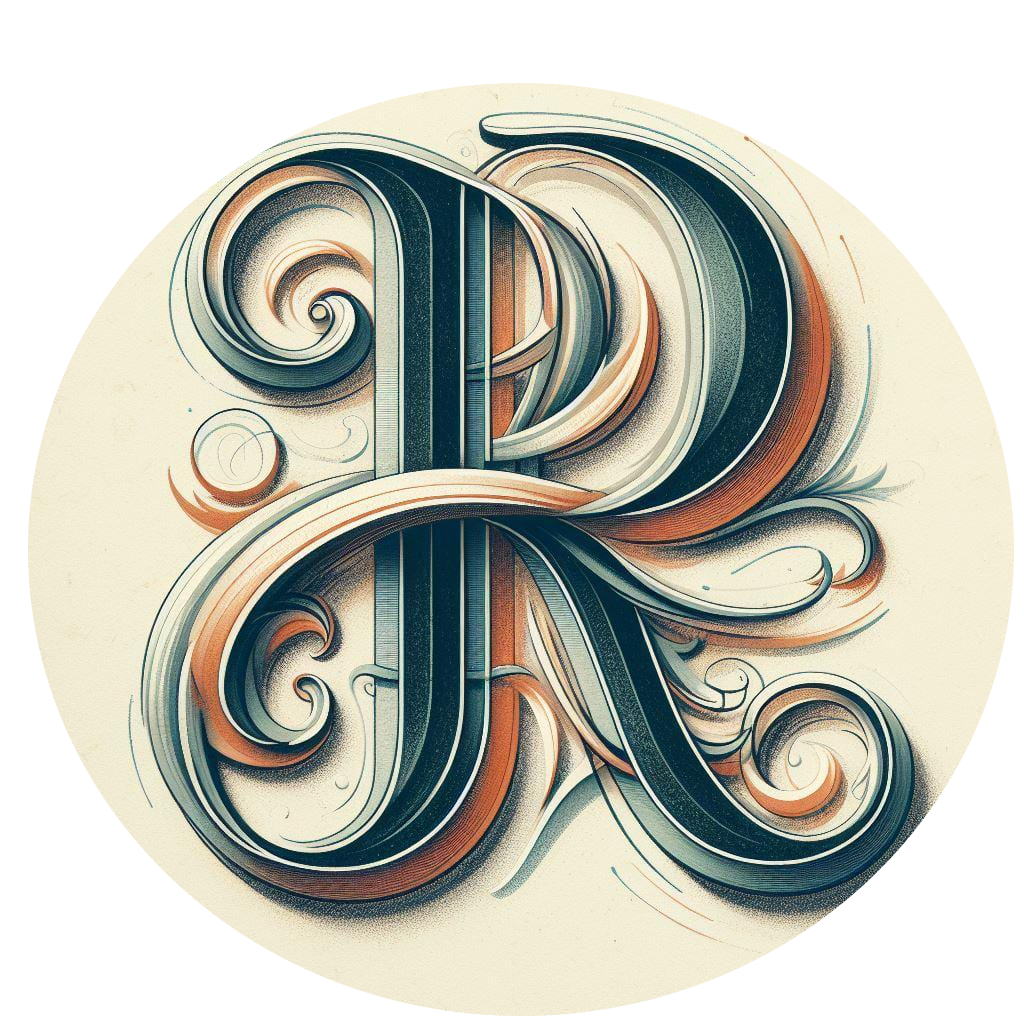Internet of Things (IoT)
Internet of Things (IoT) is a concept that refers to connecting everyday objects to the internet so they can send and receive information. Here is a simple way to understand it :
Consider yourself to have a smart home. You have a few internet-connected devices in your home that can communicate with one another. You might have a smart thermostat, smart lights, and a smart security system, for example.
Let’s imagine you want your home to be warm and welcoming when you get there. You’re on your way back home. Your smart thermostat can be instructed to raise the temperature using a message sent from your smartphone.
The smart thermostat receives the message and adjusts the temperature accordingly. It can even learn your preferences over time and automatically adjust the temperature based on your habits.
Assume you forgot to turn out the lights when you left the house. Not a problem! You may remotely turn off your smart lights by sending a command from your smartphone.
Furthermore, let’s imagine you have a smart security system with cameras. If a motion sensor detects movement in your house while you’re away, the security system can send you a notification on your smartphone, allowing you to check the live camera feed and see what’s happening.
Here are some of the benefits of IoT :
- Increased efficiency : IoT devices can collect data and use it to automate tasks, which can lead to increased efficiency in many industries. For example, IoT devices can be used to monitor and optimize energy usage in buildings, which can save businesses money.
- Improved safety and security : IoT can enhance safety and security in various domains. For example, in smart homes, IoT devices can detect hazards such as smoke, carbon monoxide, or intrusions and send alerts to homeowners or authorities. In industries, IoT systems can monitor equipment conditions to identify potential failures or hazards, ensuring proactive maintenance and minimizing risks to workers.
- Enhanced convenience : IoT devices can make our lives more convenient in many ways. For example, IoT devices can be used to control our appliances remotely, or they can be used to track our fitness and health data.
- Increased personalization : IoT devices can collect data about our habits and preferences, which can be used to personalize our experiences. For example, IoT devices can be used to recommend products to us based on our past purchases, or they can be used to adjust our thermostats to our preferred temperature.
The following devices/technologies are required for IoT to connect all smart devices :
- IoT Gateway : An IoT gateway is a device that connects IoT devices to the internet. It does this by translating the data that is being sent by the IoT devices into a format that can be understood by the internet.
- Cloud Server : A cloud server is a remote server that stores and processes data from IoT devices. This data can then be used to analyze and make decisions about how to improve the performance of IoT devices or the systems that they are connected to.
- Mobile App : A mobile app is a software application that can be used to control and monitor IoT devices. This can be done from anywhere in the world, as long as the user has an internet connection.
- Wireless networks : Wireless networks are used to connect IoT devices to the internet. The most common wireless networks used for IoT are Wi-Fi, Bluetooth, and Zigbee.
- Sensors : Sensors are devices that collect data from the environment. This data can then be used to make decisions about how to operate IoT devices or the systems that they are connected to.
The possibilities with IoT are vast and continue to expand. By connecting physical objects to the internet and enabling them to share information, IoT opens up opportunities for automation, efficiency, and improved decision-making. It has the potential to revolutionize various industries and enhance our daily lives by making our environments smarter, more interconnected, and more responsive to our needs.
